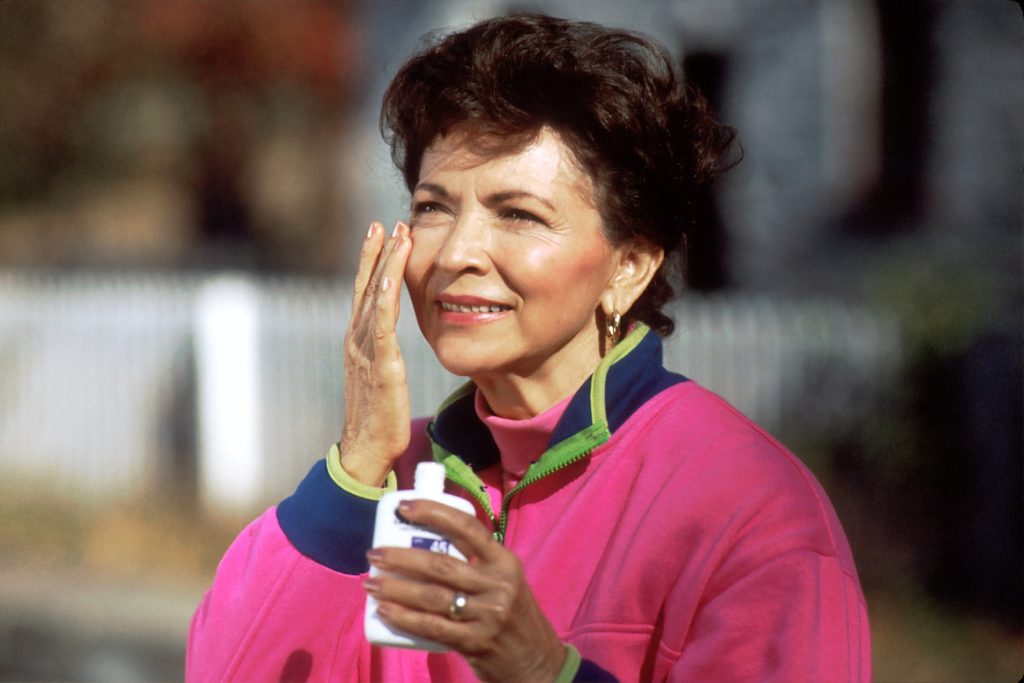
Ask any dermatologist, and they’ll tell you that wearing sunscreen every day is one of the top pieces of advice for keeping your skin healthy and safe. Over the years, the concept of sun protection has evolved significantly, and now we find ourselves surrounded by an array of sunscreen products from various brands. Let’s take a journey through time to discover the origins of sunscreen, its transformation, and its current place in the beauty industry as an anti-aging obsession.
Ancient Origins of Sunscreen
Long before chemical sunscreens existed, ancient civilizations used natural substances like olive oil, rice bran, and plant extracts as shields against the sun’s harmful rays. These primitive sunscreens provided some protection, but it wasn’t until the late 19th century that chemicals like zinc oxide and titanium dioxide were found to create a strong protective layer between the skin and the sun.
The Birth of Modern Sunscreen
In 1928, a Swiss chemistry student named Franz Gator had a painful sunburn while skiing. Determined to find a solution, he embarked on a quest to invent the world’s first chemical sunscreen. He eventually succeeded and created a thick, greasy formula with a sun protection factor (SPF) of two, which later improved to SPF four.
Coppertone and the Rise of Sun-Tanning Trend
In 1942, during World War II, the Army Air Force discovered that dark red Veterinary petroleum could protect the skin from the sun. A pharmacist named Benjamin Green saw the potential in this discovery and created Coppertone, a more appealing sunscreen for civilians. He added ingredients like cocoa butter and coconut oil and introduced the iconic image of a little girl and her dog at the beach with the tagline, “Guard your exposure but don’t be a pale face.”
Around the same time, tanning became fashionable, replacing the previously desired pale skin associated with wealth and privilege. The shift in beauty standards fueled the popularity of tanning products, including suntan lotion and tanning beds.

The Sun Protection Revolution
In the 1980s and 1990s, the awareness of sun exposure’s link to skin cancer grew rapidly. Dermatologists started urging their patients to use sunscreen daily, and the emphasis on sun protection became an essential part of skincare routines.
SPF Confusion
While SPF is widely recognized as important, many people do not fully understand its meaning. SPF stands for sun protection factor and indicates how well a product blocks UVB rays. An SPF of 30 means you can stay in the sun 30 times longer without getting sunburned than without sunscreen. However, the difference in protection between SPF 30 and higher ratings like SPF 50 is minimal, leading to confusion among consumers.
Broad-Spectrum and UVA Protection
An essential aspect of sunscreen often overlooked is protection against UVA rays. UVA rays penetrate deeper into the skin and contribute to long-term skin damage. To ensure full sun care, look for products labeled “broad-spectrum,” indicating protection against both UVA and UVB rays.
Sunscreen and the Anti-Aging Obsession
With SPF becoming a key ingredient in the beauty industry’s quest for eternal youth, sunscreen took on a new role in skincare. People started wearing sunscreen daily to prevent premature aging and maintain a youthful appearance. The anti-aging movement has become a powerful marketing strategy, enticing consumers with promises of eternal youth.
Conclusion
Sunscreen has come a long way from ancient remedies to a beauty industry staple. While sun protection remains essential for preventing skin cancer and damage, the beauty industry’s focus on anti-aging has transformed sunscreen into a must-have product for those seeking to preserve their youthful looks. Remember, your skincare needs are unique, and finding the right sunscreen for you is crucial. So, embrace the sun responsibly and choose your sunscreen wisely to enjoy the outdoors while keeping your skin healthy and safe.
Key Takeaways
- Sunscreen has a long history, starting with ancient civilizations using natural substances as shields against the sun’s rays.
- Modern sunscreen emerged in the late 19th century, and the iconic brand Coppertone popularized it during World War II.
- The beauty industry’s focus on anti-aging made sunscreen a daily essential for those seeking to maintain a youthful appearance.
- Understanding SPF and looking for broad-spectrum protection is crucial for effective sun care and skin health.

Leave a Reply
You must be logged in to post a comment.